The Sculptor’s Path into VR: Tom Aust’s Digital Workflow with Shapelab
With a sculpting career spanning over five decades, Tom Aust bridges the gap between traditional and digital sculpture in a truly remarkable way. His work is a testament to how virtual tools can expand, rather than replace, a seasoned artist’s practice. We had the chance to speak with Tom about his creative journey and how Shapelab has become an integral part of his digital workflow.
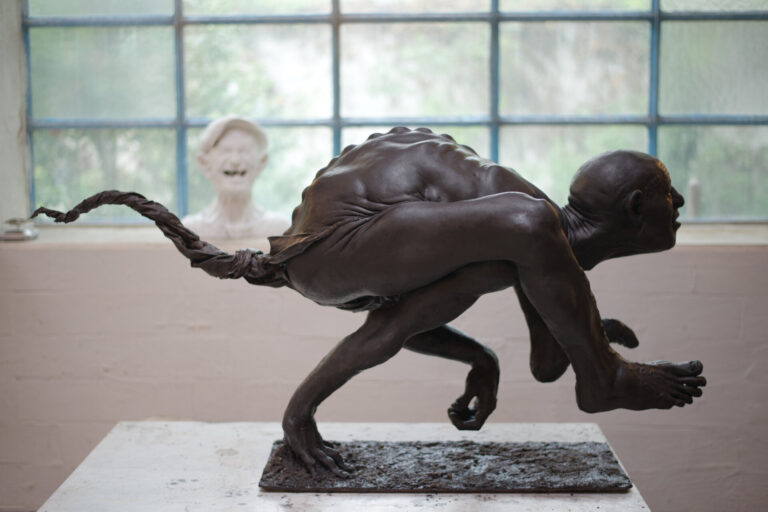
A Sculptor's Evolution into the Virtual World
Tom Aust has been sculpting in the physical world for over 50 years, but his fascination with virtual modeling began as early as the mid-1990s. Using the script-based program PovRay, which didn’t even have a graphical user interface, he created architectural visualizations and even developed a community-favorite tree generator called TomTree. Though he eventually transitioned to Blender for rendering purposes, digital sculpting never truly clicked for him until VR tools arrived.
“Even ZBrush didn’t inspire me to sculpt on the flat screen.It was only with the advent of VR glasses and the accompanying programs that my work was enriched, first in Medium, then in Kodon, and Shapelab and a few others. Shapelab and Kodon have remained.”
Shapelab stood out to Tom thanks to the dynamic tessellation option, which perfectly complements his need to sculpt organically without the disruption of constant remeshing.
Spotlight Project: HURRY
One of Tom’s most striking Shapelab pieces is HURRY, a sculpture inspired instantly by the image of a greyhound in motion. In contrast to many of his other works, which are often preceded by hours of reflection and mental composition, HURRY emerged from an immediate and vivid impression.
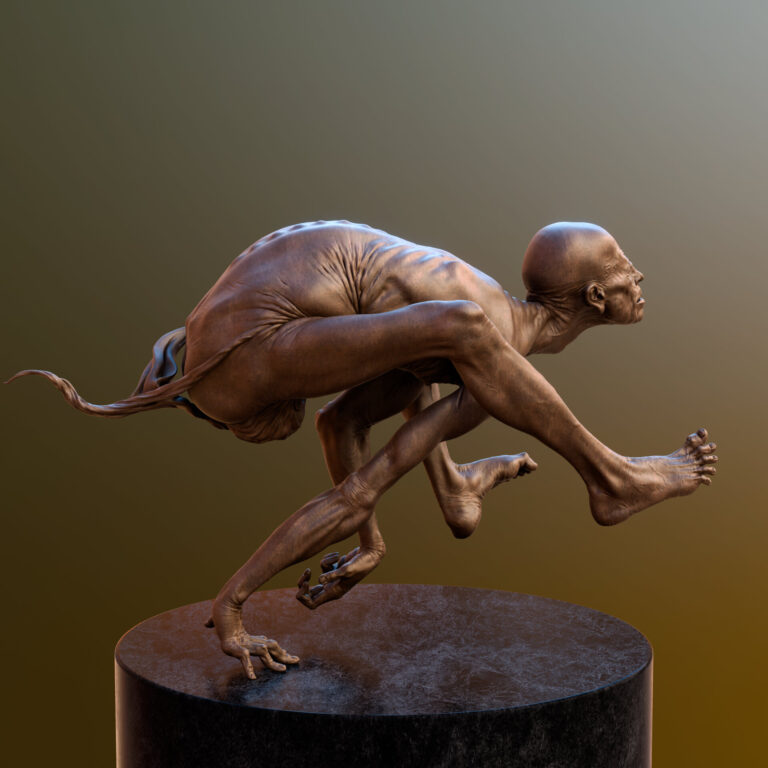
“This gives rise to a precise idea of the object in the mind's eye. Only fine structures emerge during the working process. So my work in VR has always been a planned approach, not an improvised one… Very different from my drawings :)”
The figure itself was sculpted entirely in Shapelab. The base, texturing, and final rendering were completed in Blender. Dynamic tessellation played a key role in capturing the tension and texture of the skin, something Tom says would have been very cumbersome without Shapelab’s Dynamic topology mode, which eliminates the need for remeshing that always ruins the finest structures.
Workflow and Tools
Tom’s approach in Shapelab always begins with a relatively precise plan, which can come from hours of mental immersion or, as with HURRY, from a spontaneous impression.
Once inside the VR space, however, he has to consciously avoid diving into details too early. It’s a discipline familiar to any sculptor working with real-world materials.
“As in real sculpting, too much fine-tuning too early can greatly impair the harmonious structure of the sculpture. In Shapelab in particular, there is a very high risk of simply slipping in the finest work - on the other hand, this freedom is precisely Shapelab's strength and the sculptor has to take care of himself. As a sculptor, I'm primarily concerned with the form, so Shapelab is enough for me in virtual modeling. I only use Blender additionally to be able to present my work better.”
His go-to tools depend on the situation, but they include:
- Standard/Carve and Clay/Carve Brushes, often paired with custom alphas for shaping, not for the surface structure
- SmoothBrush, used frequently as a gentle alternative
“I try out all the other tools again and again in individual situations to see how useful they are, and in fact my preference often changes, even in seemingly identical situations.”
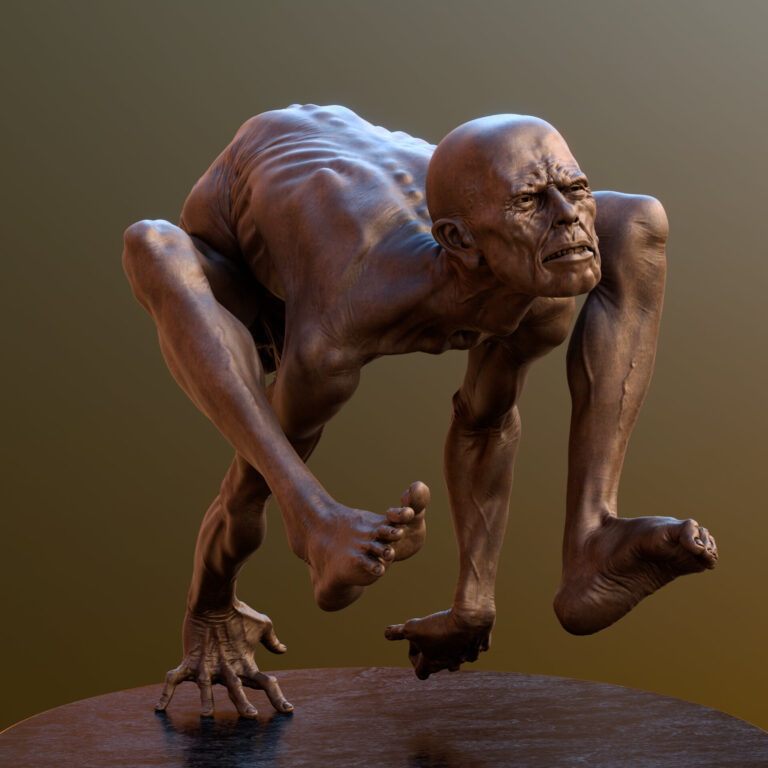
Advice for Beginners
Tom encourages new users to start by recreating existing objects. He sees this as a fundamental way to understand both the tools and the sculptor’s own interpretive process.
“For beginners in sculpture in general, both in real life and the virtual space, recreating an existing object has always been a good way to get to know the tools, the forms, and your own interpretation of what you see.”
Why VR?
For Tom, VR sculpting isn’t just another medium. It’s a natural extension of how he already thinks and works.
“Only in VR did I have the feeling that I was in a dream, detached from the material and physics and with the necessary intimacy with the object. A new tool for an old sculptor…”
While he acknowledges the physical fatigue that can come from long VR sessions, he sees this as a temporary challenge. He’s optimistic that future VR hardware will make immersive sculpting even more seamless and accessible.
About the artist
Tom Aust is a Cologne‑based sculptor, painter, and virtual artist with over 50 years of experience in traditional media, working in stone, wood, silicone, wax, and more—alongside a strong background in digital art since the late 1990s.
Visit Tom’s ArtStation and website for more incredible projects, and follow his work on Instagram.
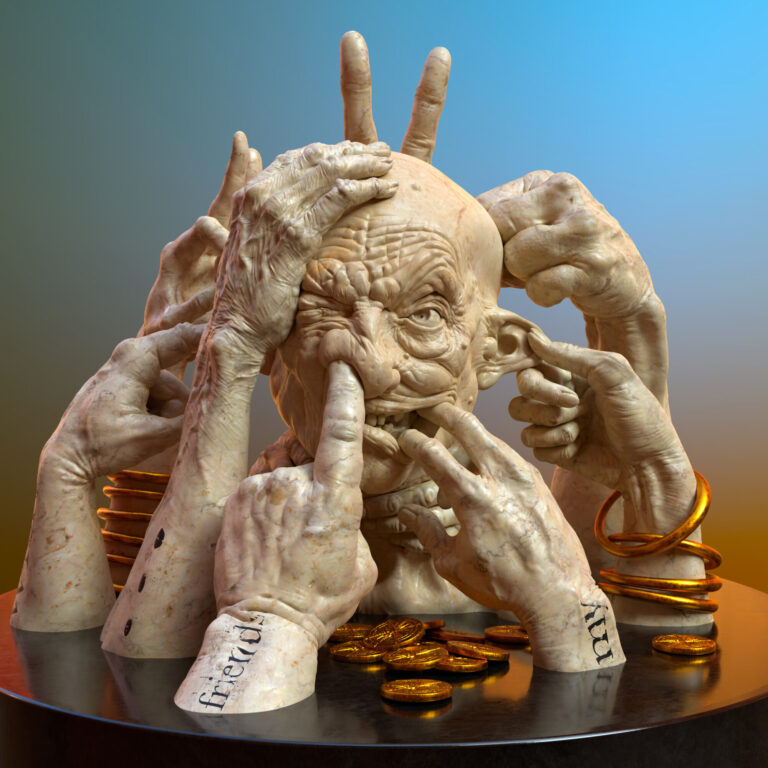
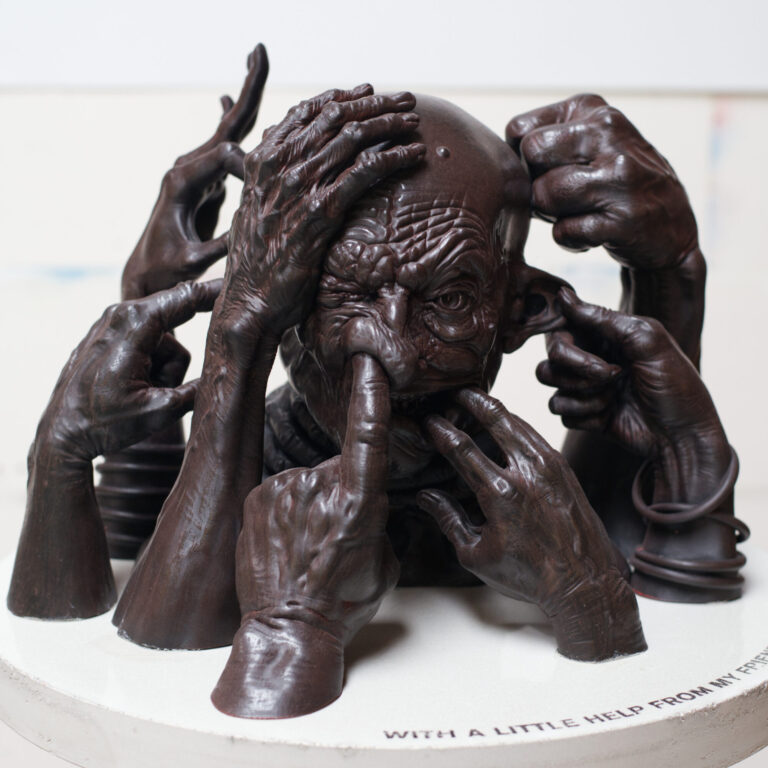
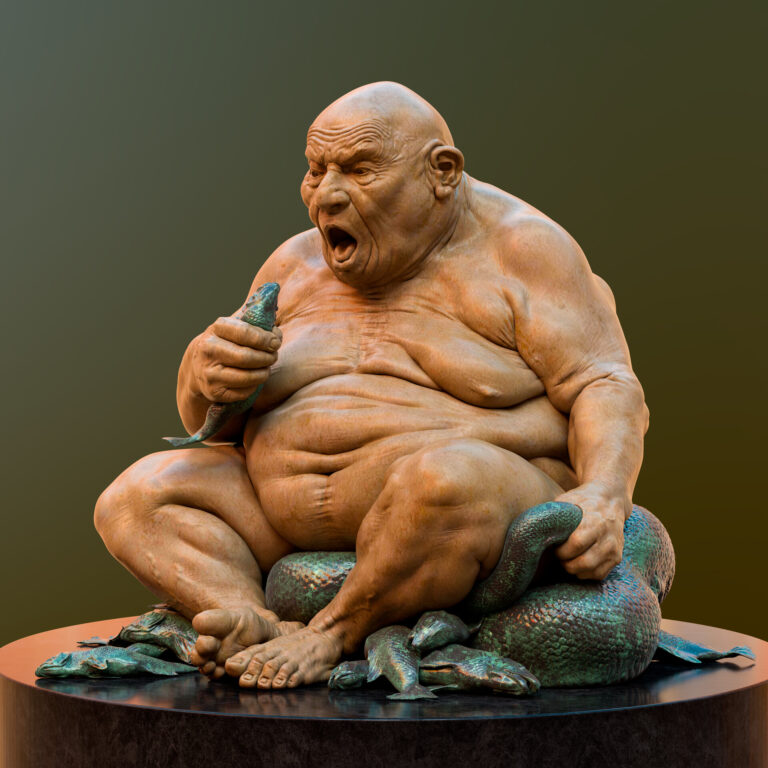
Are you working on an exciting project involving Shapelab, that you would like to share with our team? Get in touch with us here.
